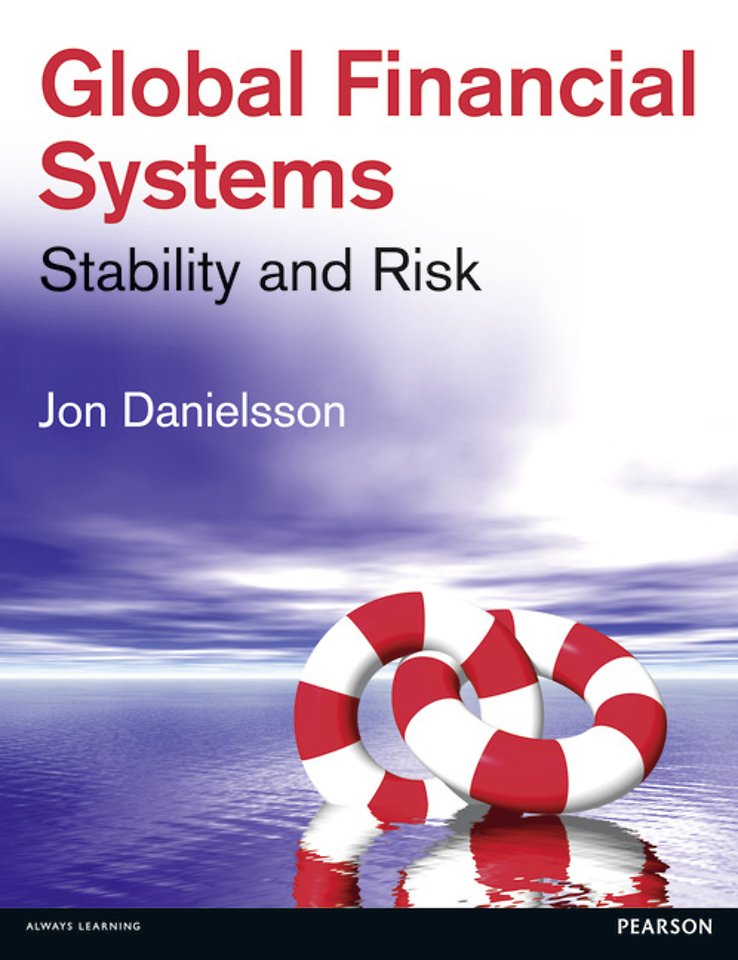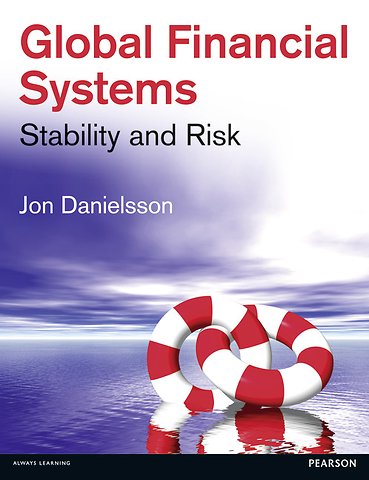Global Financial Systems
Stability and Risk
Samenvatting
Global Financial Systems: Stability and Risk
Jon Danielsson
Under what circumstances have we achieved financial stability? Which previous crises inform the current ones and in what way? What are the common themes and lessons for policy, regulation and financial theory?
Global Financial Systems: Stability and Risk is an innovative textbook that explores the ‘why’ behind global financial stability, providing insightful discussions on the international financial system and the contemporary issues of today. Drawing on economic theory, finance, mathematical modelling and risk theory, this book presents a comprehensive, coherent and current economic analysis of the inherent instabilities of the financial system, and the design of optimal policy response.
Key features
Up-to-date and thorough analysis of the 2007/08 financial crisis. News articles and journal excerpts are used throughout to frame the issues in each chapter. Case studies and practical examples illustrate key arguments and apply the theory to the real world. Chapter-end questions provoke discussion and critical thinking, and provide opportunities to test your understanding. An Instructor Resource Centre including PowerPoint slides, plus an author-hosted website featuring regular updates on current events in the global financial system and links to useful websites.
Jon Danielsson is Director of the Systemic Risk Centre, London School of Economics, and Reader in Finance.







